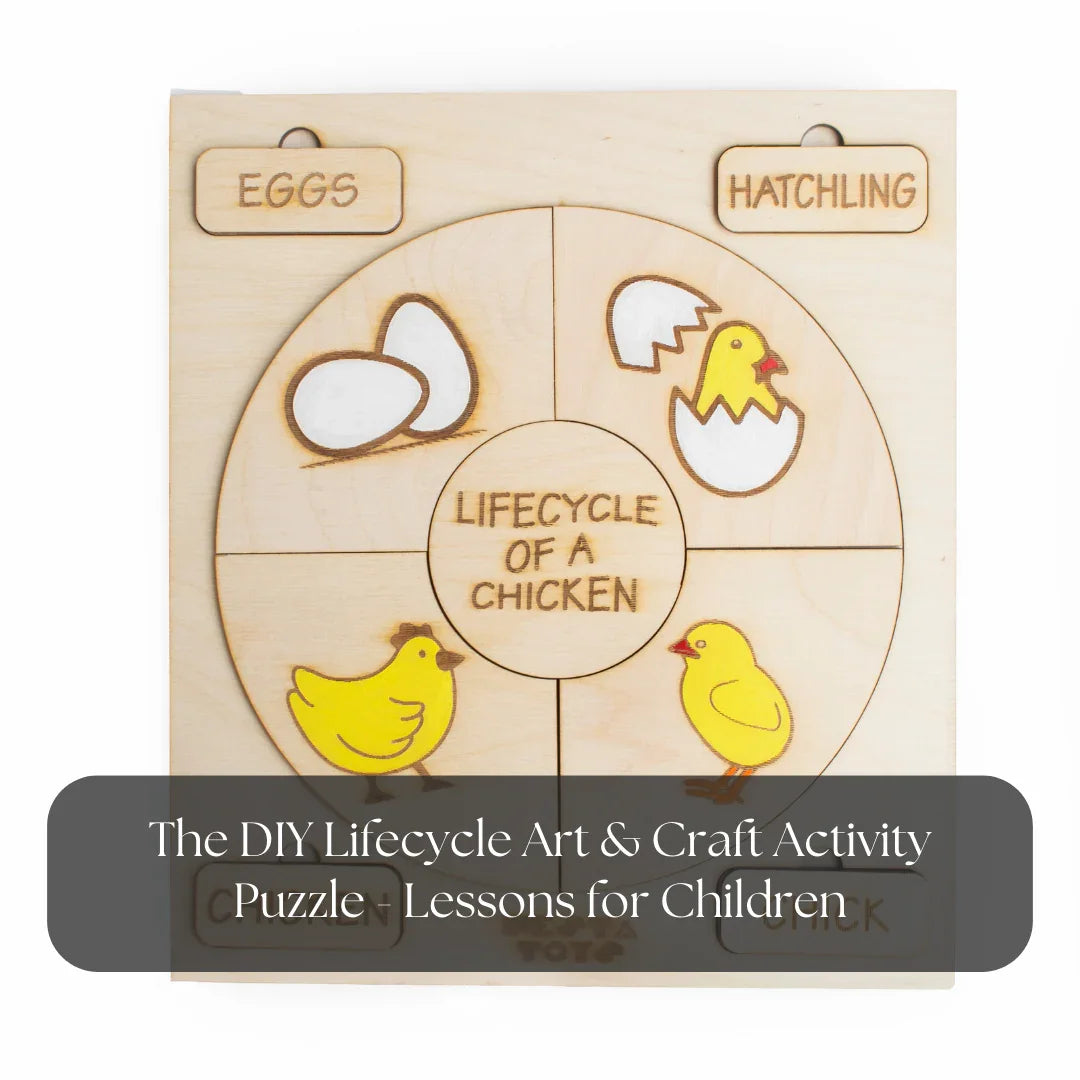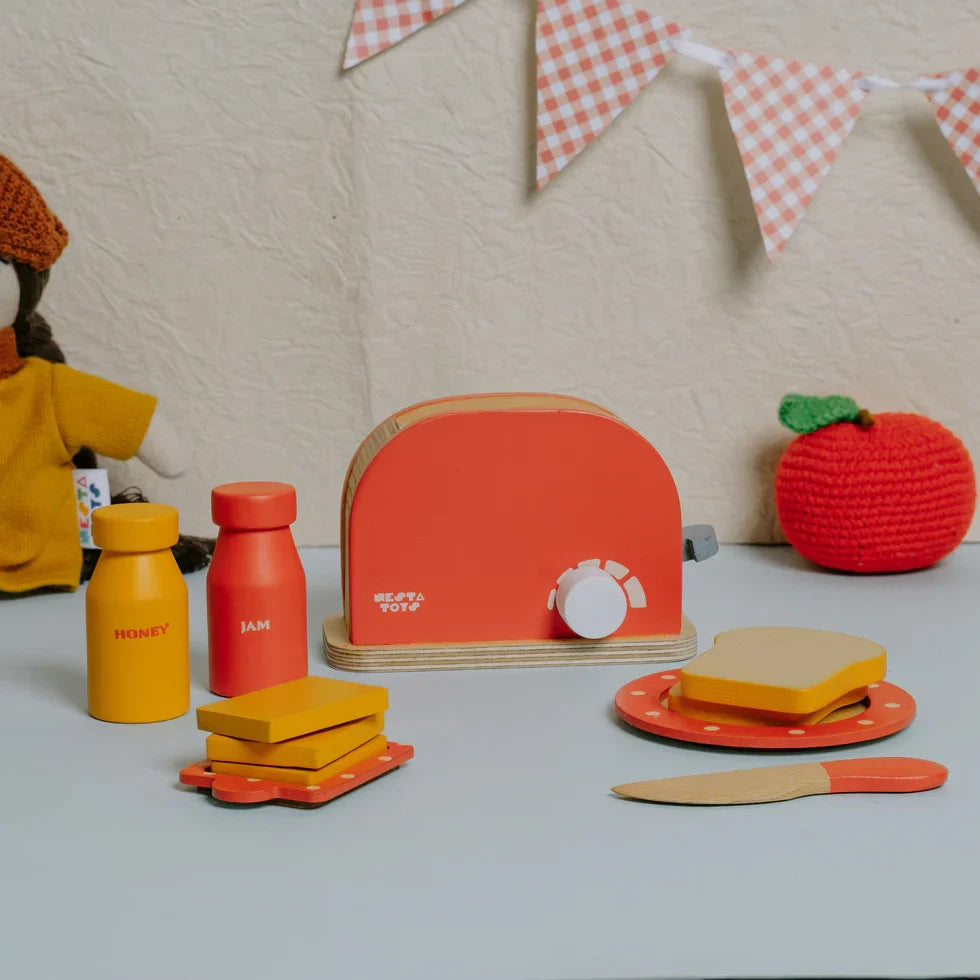Combining the joy of colouring with the educational aspects of learning life cycles, the Colouring Lifecycle Art & Craft Activity Puzzle offers a delightful and enriching experience for children. In this blog post, we'll explore the exciting world of this activity and the many benefits it offers to young learners.
- Life Cycle Understanding: The Colouring Lifecycle Art & Craft Activity Puzzle helps children explore different life cycles, including those of plants, animals, and insects. By colouring the puzzle pieces, kids get a hands-on way to learn about the various stages and changes that happen in nature.
- Creativity and Personal Expression: Colouring the puzzle pieces lets children unleash their creativity and personal style. They can pick colours, patterns, and designs that reflect their own preferences, giving each stage of the life cycle a unique and personal touch.
- Fine Motor Skills: The detailed process of colouring helps children strengthen their fine motor skills. As they focus on staying within the lines, they improve their hand-eye coordination, finger dexterity, and overall control over their movements.
- Cognitive Development: Colouring engages children's cognitive abilities as they make decisions about which colours to use and how to apply them. This process enhances their visual-spatial skills, attention to detail, and concentration, fostering cognitive development.
- Patience and Focus: Colouring the puzzle pieces encourages children to practice patience and focus. They learn to slow down, stay engaged, and pay attention to the details, helping them develop important skills for future tasks that require concentration and careful attention.
- Educational Exploration: As children colour, they also absorb information about life cycles, expanding their knowledge of the natural world. They can discuss and explore the unique features and importance of each life cycle stage, gaining a deeper understanding of how living organisms are interconnected.
- Relaxation and Mindfulness: Engaging in the colouring activity promotes relaxation and mindfulness. The calming nature of colouring allows children to unwind, reduce stress, and focus on the present moment, fostering a sense of tranquility and well-being.
Conclusion:
The DIY Lifecycle Art & Craft Activity Puzzle offers an array of valuable lessons for children. By exploring life cycles, sequencing, observation, and creativity, this activity helps nurture children's cognitive, motor, and artistic skills. It offers a fun and educational experience that not only introduces them to the wonders of the natural world but also supports their overall development. So, gather the puzzle pieces, unleash your child's creativity, and embark on a journey of discovery through the captivating and educational world of life cycles.








